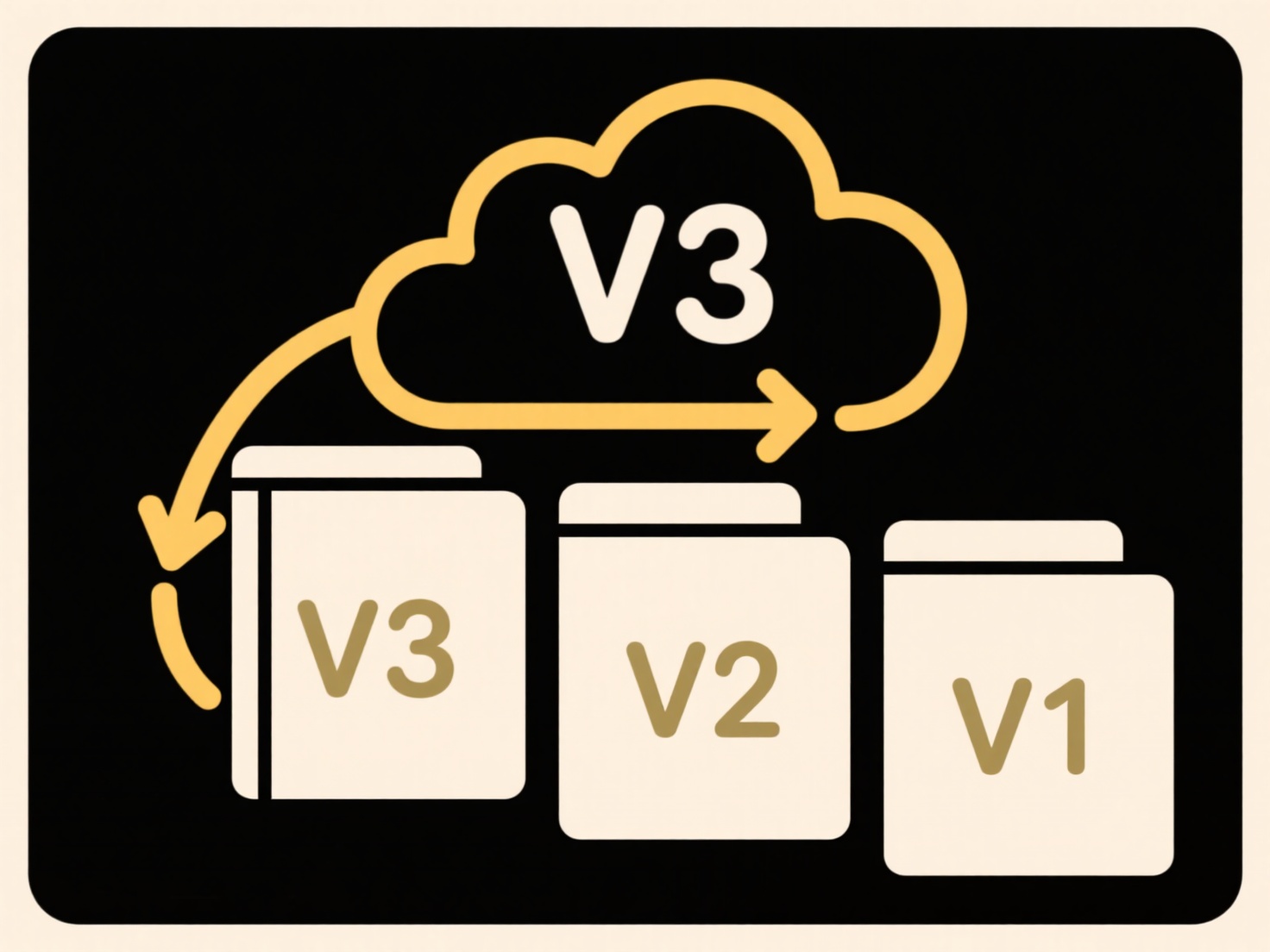
File sharing without requiring logins refers to methods that allow a user to send a document, image, or other file directly to another person who doesn't need an account on the sharing service or website. This differs from typical account-based sharing systems where both the sender and recipient must be registered users. Instead, it typically works by providing the recipient with a unique, accessible link or temporary access key that grants them direct permission to download the file.

This approach is commonly used for quick collaboration or sending files to clients unfamiliar with specific platforms. For instance, healthcare professionals might securely transmit diagnostic reports to patients using one-time share links via HIPAA-compliant portals. Similarly, creative professionals often employ services like Dropbox Transfer or WeTransfer to send large design portfolios directly to potential clients' email addresses without requiring them to sign up.
The primary advantage is simplicity and accessibility, removing barriers for recipients. However, limitations include security risks—anyone possessing the link can potentially access the file, especially if the link is exposed. Future developments often focus on enhancing security through password-protected links, expiration dates, and usage tracking to mitigate risks while preserving ease of use. Careful consideration regarding the sensitivity of the shared information and trust in the recipient is crucial.
Can I share a file with someone without a login?
File sharing without requiring logins refers to methods that allow a user to send a document, image, or other file directly to another person who doesn't need an account on the sharing service or website. This differs from typical account-based sharing systems where both the sender and recipient must be registered users. Instead, it typically works by providing the recipient with a unique, accessible link or temporary access key that grants them direct permission to download the file.

This approach is commonly used for quick collaboration or sending files to clients unfamiliar with specific platforms. For instance, healthcare professionals might securely transmit diagnostic reports to patients using one-time share links via HIPAA-compliant portals. Similarly, creative professionals often employ services like Dropbox Transfer or WeTransfer to send large design portfolios directly to potential clients' email addresses without requiring them to sign up.
The primary advantage is simplicity and accessibility, removing barriers for recipients. However, limitations include security risks—anyone possessing the link can potentially access the file, especially if the link is exposed. Future developments often focus on enhancing security through password-protected links, expiration dates, and usage tracking to mitigate risks while preserving ease of use. Careful consideration regarding the sensitivity of the shared information and trust in the recipient is crucial.
Quick Article Links
Are file formats the same across different operating systems?
File formats are technical specifications defining how data is stored within a computer file. Formats like JPEG for imag...
Why does the file open blank on my tablet?
A blank file opening on your tablet typically means the device or application encounters an issue displaying the file's ...
How do I document my folder structure for others?
Documenting your folder structure involves creating clear references that explain the hierarchy, purpose, and contents o...